|
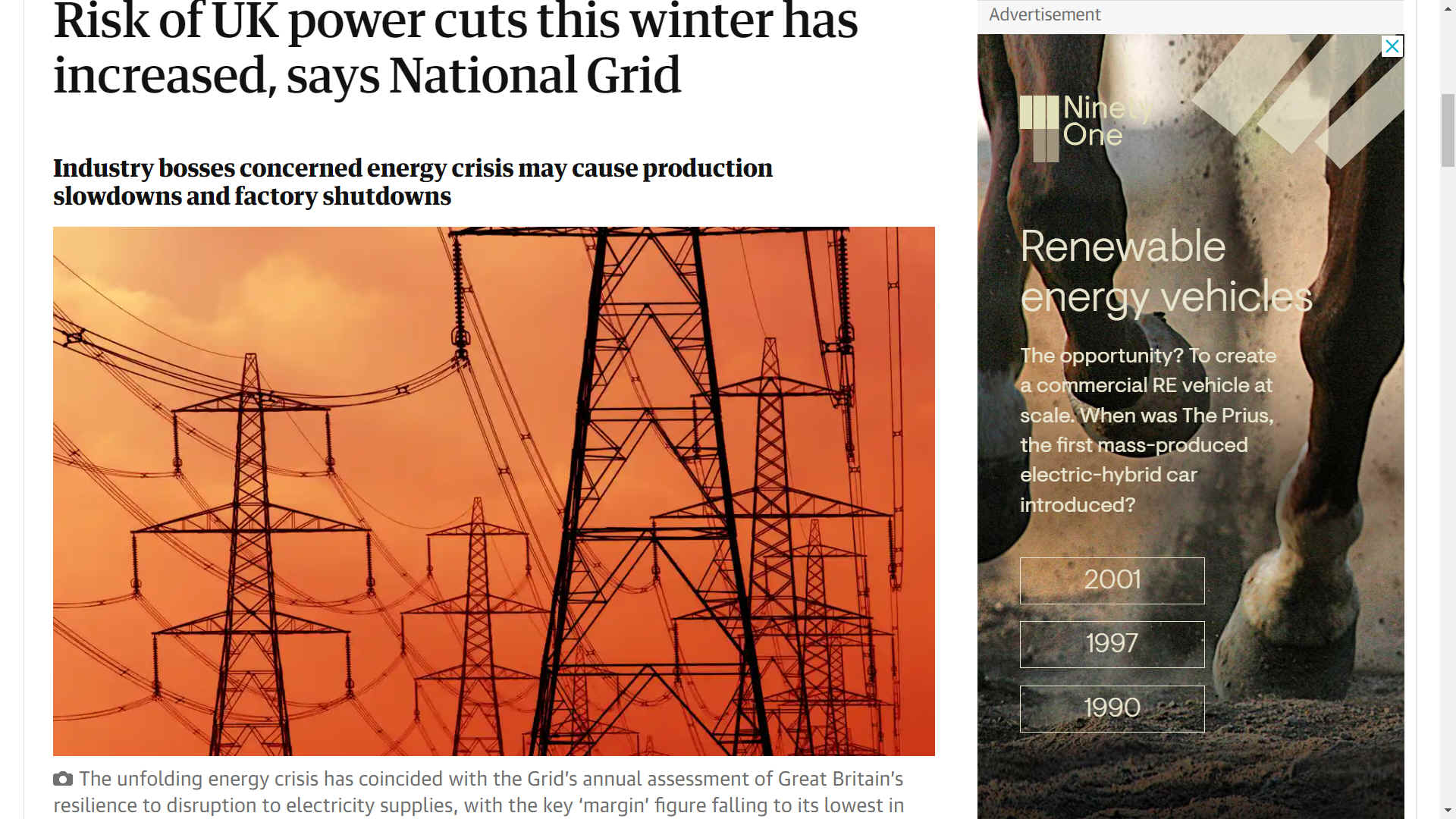
The unfolding energy crisis has coincided with the Grid’s annual assessment of Great Britain’s resilience to disruption to electricity supplies, with the key ‘margin’ figure falling to its lowest in five years.
THE
GUARDIAN 7 OCTOBER 2021 - RISK OF UK POWER CUTS THIS WINTER HAS INCREASED
SAY NATIONAL GRID
Industry bosses concerned energy crisis may cause production slowdowns and factory shutdowns
The risk of power cuts to factories and homes this winter has increased, the National Grid warned, as the business secretary prepared for a crunch meeting with industry bosses concerned the energy crisis may force them to scale back production.
The price of gas and electricity has soared in recent weeks, leading to the collapse of multiple energy suppliers and prompting warnings of higher costs for consumers, factory shutdowns and increased pollution as plants switch to dirtier but cheaper fuels.
The unfolding energy crisis has coincided with the Grid’s annual assessment of Great Britain’s resilience to disruption to electricity supplies, with the key “margin” figure falling to its lowest in five years.
The Grid’s electricity system operator (ESO) said the amount of reserve electricity supply that could be called upon was expected to be 6.6% of demand, but could fall as low as 4.2%.
It said it believed there was enough slack in the system to avoid blackouts affecting households and factories.
But it said that conditions had worsened since a prediction it made in July, after a fire knocked out a high-voltage subsea power cable importing electricity from France. Half of the 2GW cable is expected to be unavailable until March.
Planned shutdowns at gas plants and the retirement of two nuclear reactors are also factors in the tighter margin for the winter.
The business secretary, Kwasi Kwarteng, is due to meet leaders from industries such as steel, glass, ceramics and chemicals on Friday, but is expected to tell them to forget about receiving any extra assistance.
While factories are not expected to face electricity blackouts, they say they need help with costs. Some of the most energy-intensive industries have issued a plea to the government for financial support to help them cope with soaring energy prices.
They say the cost of electricity could force factory shutdowns, production slowdowns, and switches from gas to more polluting energy sources such as fuel oil, potentially causing embarrassment ahead of the upcoming Cop26 climate conference in Glasgow.
[Sadly - Flop26]
Shadow business minister Ed Miliband said the gas price crisis was “made in Downing Street”.
“The UK is particularly vulnerable to increases in gas prices because the government allowed our gas storage facilities to close, blocked onshore wind, cut solar subsidies, stalled our nuclear programme and because of their total failure to deliver a long-term plan for energy efficiency.”
On Thursday, the Grid said that the UK would have to outbid European countries to get hold of gas over the winter, indicating further pressure on prices.
Energy advisory group Cornwall Insight has said the average dual fuel bill could rise by as much as 30% next year if gas and electricity prices continue to soar and more suppliers go bust, reaching £1,660 annually.
While the government has imposed an energy price cap, the ceiling rises regularly in line with costs faced by suppliers, who have been battered by soaring wholesale prices.
So far this year, 12 suppliers have collapsed, with many more predicted to go to the wall by the end of the year. Jonathan Brearley, chief executive of energy regulator Ofgem, told an industry conference on Thursday that the watchdog needed to be “more focused on business models and the risk they carry” in future.
Speaking at the same event, Kwarteng said the government “will not bail out failed companies, there cannot be a reward for irresponsible management of businesses.”
Some small suppliers have been criticised for setting up shop with risky business models that meant they weren’t properly “hedged” against rising gas prices.
Officials at the Department for Business, Energy and Industrial Strategy are understood to be considering measures to speed up the UK’s transition to renewable energy to reduce reliance on gas, including more frequent windfarm auctions.
Boris Johnson this week pledged to remove fossil fuels from electricity generation by 2035.
While coal has been all but phased out of power generation, gas can still account for more than 50% of supply on windless days when the sun isn’t shining.
Kwarteng said on Thursday that reducing reliance would involve boosting wind power, gas plants that use carbon capture and storage to reduce carbon emissions and “at least” one nuclear project.
The government is expected to rubber-stamp French state-owned energy company
EDF’s plans for a the
Sizewell C reactor in Suffolk but has yet to find a developer for Wylfa Newydd, on Anglesey.
Officials are drawing up plans to overhaul the way nuclear power stations are funded, to make them more attractive to private investors.
[why]
Kwarteng said “the volatility of the gas price has shown that we do need to plan strategically, and I think net zero helps us do that, for a secure, affordable, and sustainable energy system.”
Gas prices have soared across Europe but have been particularly high in the UK, reaching record levels above £4 per therm.
The International Energy Agency said on Thursday that Russia could help ease the crisis, telling the Financial Times that the Kremlin was able to increase gas flows into Europe by up to 15%.
Russian president Vladimir Putin has said Europe’s “mistakes” are to blame for the crisis, rather than any reluctance in Moscow to open gas taps.
However, he used the opportunity to highlight regulatory delays in Europe to the new Nord Stream 2 pipeline, saying the planned connection could help bring down prices.
By Rob Davies
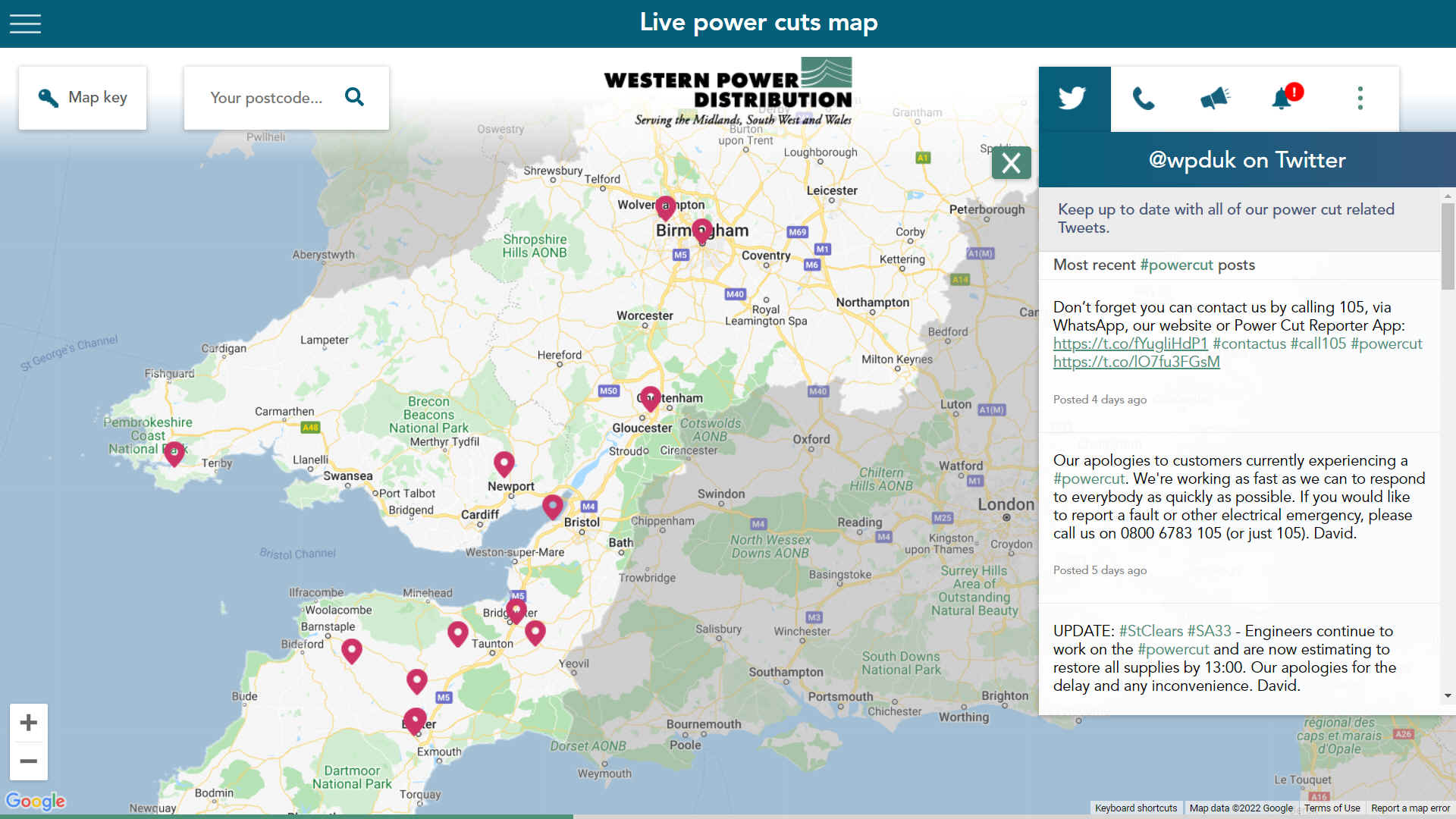
Power
cuts are mostly the result of grid failures. Typically, the cause of grid
failures are storms and floods. At
the moment, there are no back-up facilities in the UK, to protect the
elderly and medically vulnerable. The industry has known about
worsening weather conditions for over forty years, but failed to offer a
solution. In
2022, as we charge headlong to 2030, aiming for net
zero, nothing much has
changed. Storms,
Dudley, Franklin
and Eunice saw large areas of the UK plunged
into darkness over six days of high winds and flooding. Also affecting water
supplies in some regions.
The weekend of extreme weather conditions in February 2022 marked the first time three named storms have been recorded within seven days since the storm-naming system began in 2015.
The writing in on the wall. The
next in the series is Storm Gladys. 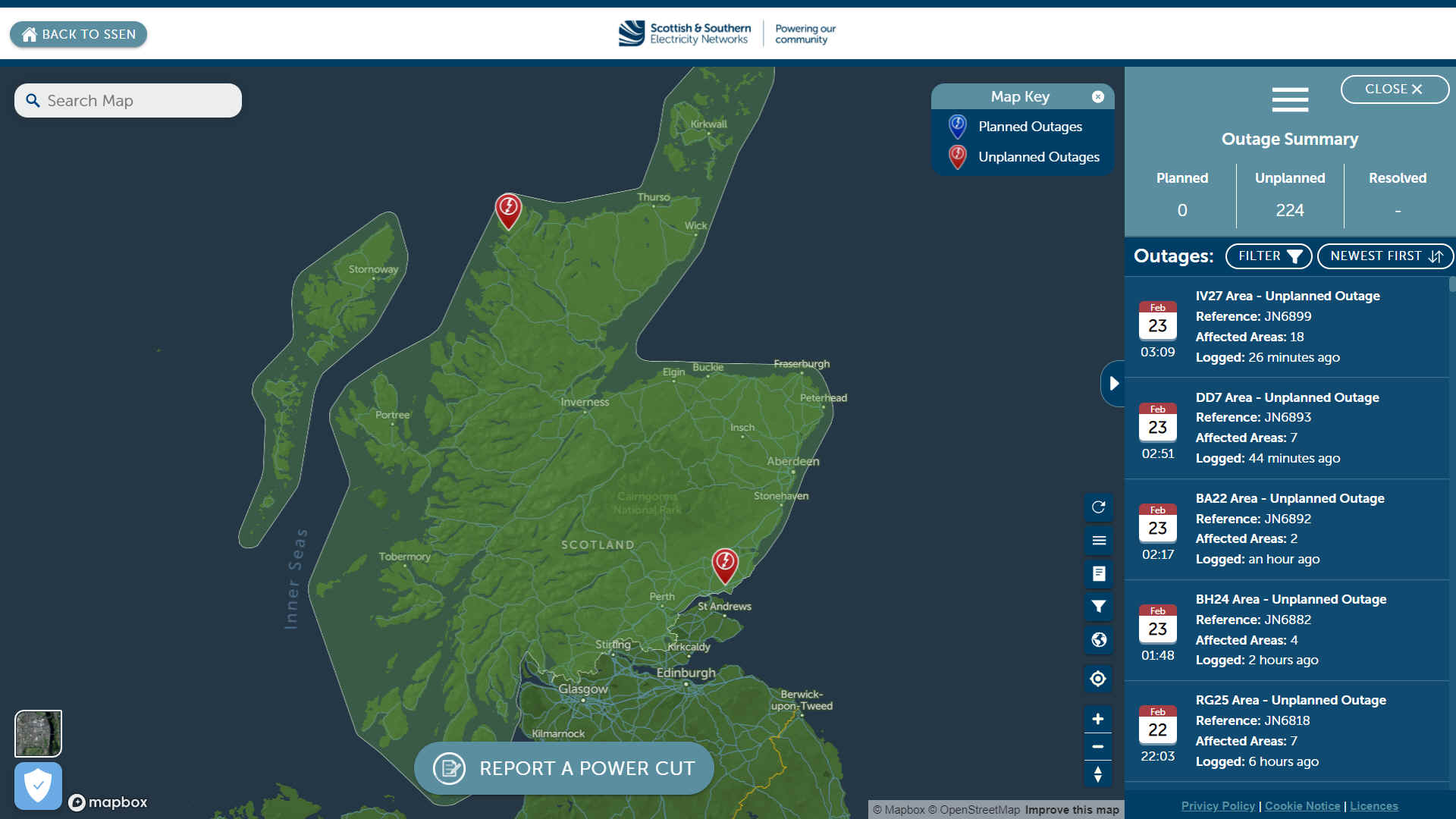
POTENTIAL
CAUSES Lightning
strikes, rain, ice, wind, snow, floods and storms can all lead to problems with both energy generation and power lines. Gale force winds might mean that our wind turbines are generating more energy, but it can also cause power lines to fall and
power cuts still to
occur. The
overhead power lines really are the most vulnerable point in the National Grid system.
Extreme weather and natural disasters cause the vast majority of electrical failures, globally. Here in the UK we’re lucky to have relatively mild weather, with very few instances of earthquakes, hurricanes, and other such natural phenomena. Flooding
was our biggest natural threat to a consistent power supply - now it is high
wind speeds.
If you have a power cut, or come across damage to the network, dial 105 and you'll be connected to your local electricity network operator. It's free from all mobiles and landlines.
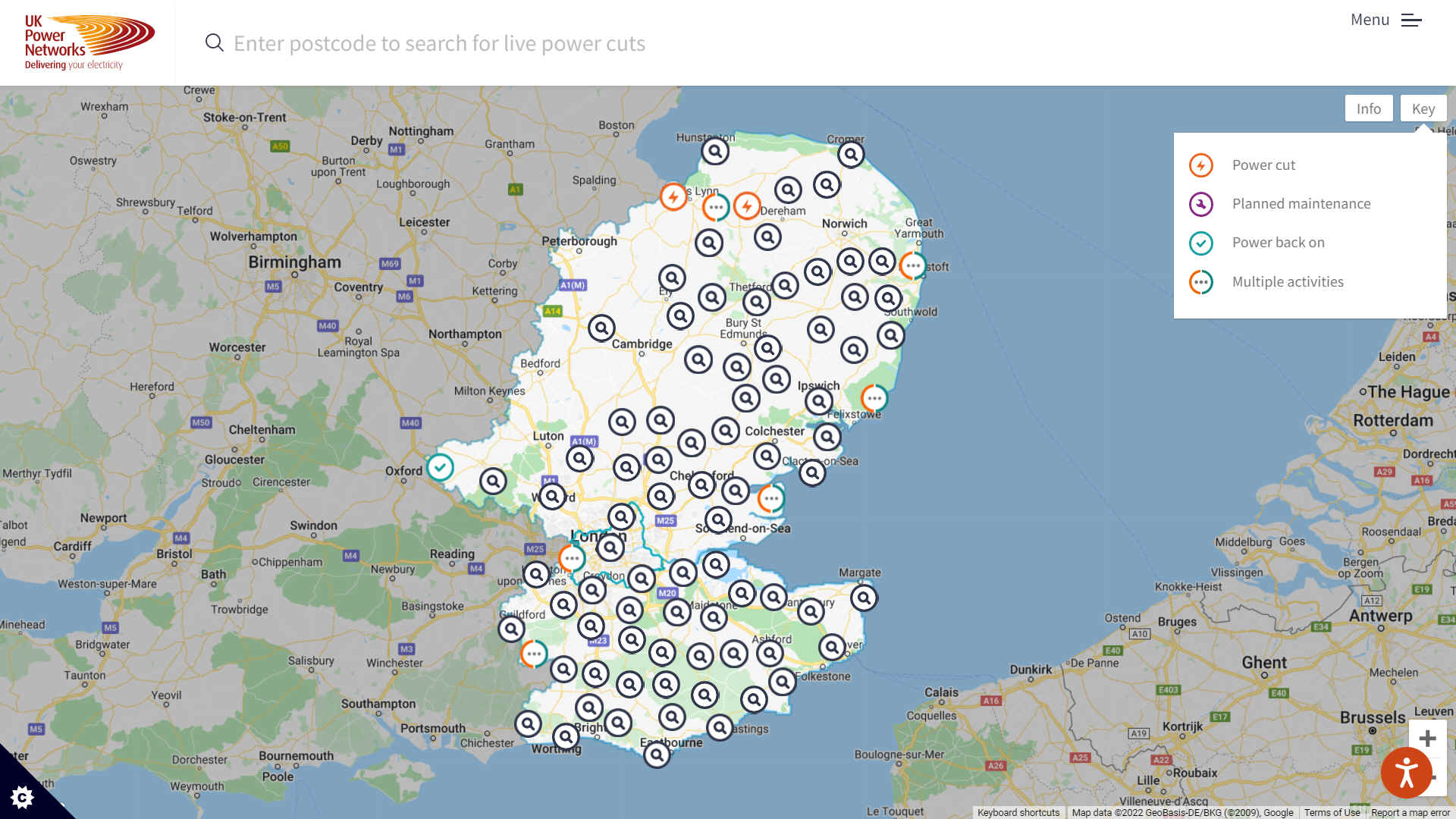
AUGUST
2019 BLACKOUT The biggest power outage in a decade, was in 2019, which caused chaos across the UK.
According to the National
Grid, the blackout was down to the “rare and unusual” disconnection of two major power stations at the same time – the Little Barford gas power station in Bedford, and Hornsea wind farm. While technically these two failures only make up a very small percentage of the overall energy flowing around the grid, parts of the system were still shut down completely. This is down to how the infrastructure works.
To put it in layman’s terms, to operate properly the National Grid has to work maintain a 50Hz frequency, and if it varies too much from that, then there are big problems. If demand drops but our supply stays high, the frequency rises too high. If demand stays high but there’s a drop in supply (as happened recently, due to the failing power stations), the frequency drops too low. It can cause a lot of damage to the National Grid infrastructure if we let the whole system operate at this lower frequency, which would be extremely costly to repair.
The solution is to cut off parts of the grid to reduce the overall demand and get the frequency back to 50Hz (or very close). It’s an automated failsafe system that kicks in to protect the grid network, so try not to feel too targeted if you were in one of the places affected by the blackouts
in August 2019. Effectively you took one for the team, and to prevent a lot bigger
energy issues nationwide. Wind power is undeniably one of the best weapons we have in our arsenal against
fossil fuels and climate change. That said, wind is unreliable, and that causes a lot of problems.
On a calm day, when wind power output is low, our other power stations have to increase energy generation to pick up the slack. The more of our grid we dedicate to wind, the fewer flexible power stations (generally the nasty one like gas and coal) we’re maintaining for low-wind times. This has caused a lot of people to worry about low wind causing power cuts and blackouts.
On the flip side of this, there’s a concern that unusually high winds could cause power surges that would cripple the grid and cause blackouts that way. We have certain (expensive) measures to prevent this from happening, but the higher the proportion of our energy that is generated this way, the more bigger the surge would be. All in all, the intermittency of wind is a big problem, and you can hear us discuss it in detail here.
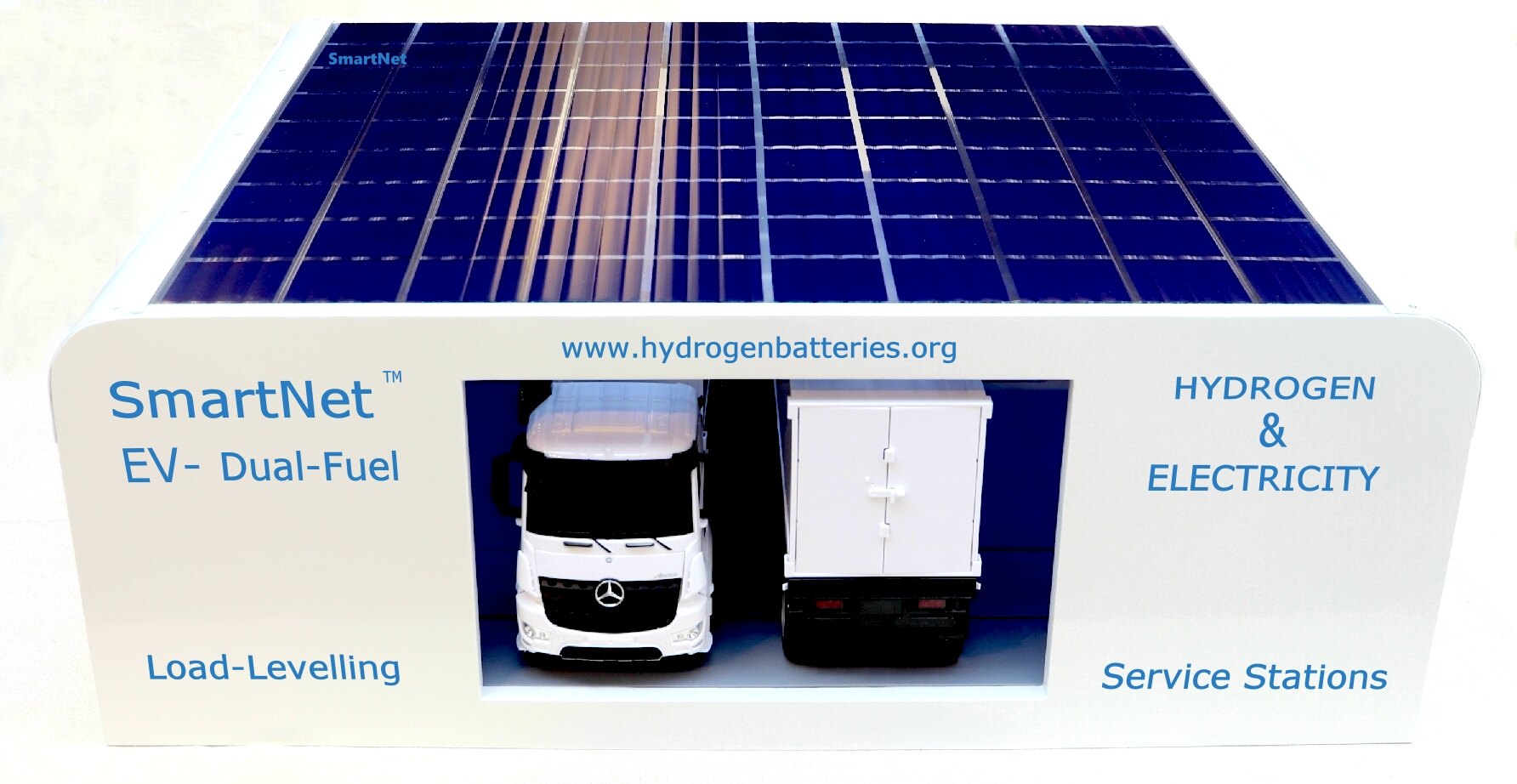
SMARTER
SERVICING - The SmartNet™
system is at the moment just a 1:20 scale model. You can help us turn this
concept into a reality by including us in any of the forthcoming UK or Horizon
Europe cluster 5 calls for proposals - perhaps using the hop-on feature
- for existing consortiums. We are a small SME, unable to take the lead. We
bring IP, planning, construction, and other know-how to the table.
We
cannot cease the use of fossil fuels overnight, that would be irresponsible,
where civilization needs energy for life. But we can transition without
causing undue hardship to existing stakeholders, provided that they take
steps to reinvest in new technology in a changing world. LINKS
& REFERENCE https://www.theguardian.com/environment/2021/oct/07/risk-of-uk-power-cuts-this-winter-has-increased-says-national-grid https://www.ssen.co.uk/ https://powercuts.westernpower.co.uk/ https://ukpn.ukpowernetworks.co.uk/

There
is an abundance of clean wind and solar energy that can produce green
hydrogen and
electricity to charge vehicle batteries, and back-up against power cut
blackouts. But there is no transport
infrastructure or other energy storage systems to counter such deficiencies. The SmartNet™
system could be the solution, also providing load levelling for national
grids having to cope with renewables.
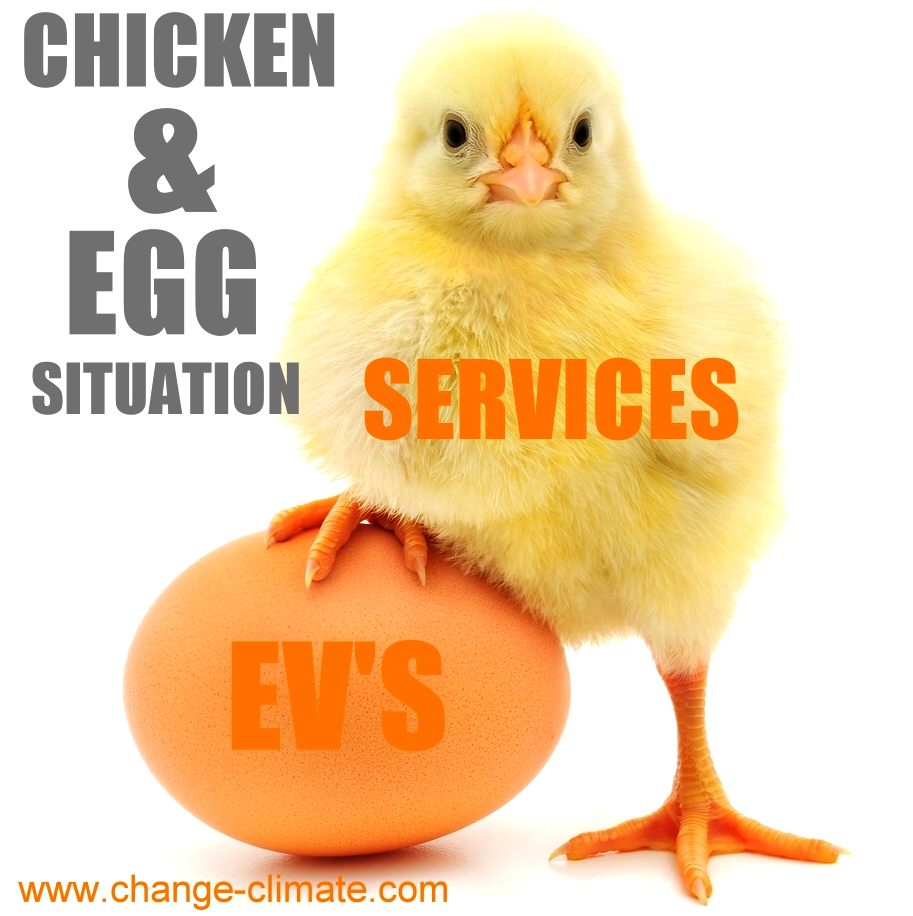
Please
use our A-Z
INDEX to navigate this site
This
website is provided on a free basis to
promote zero emission transport from renewable energy in Europe and Internationally. Copyright ©
Universal Smart Batteries and Climate Change Trust 2022. Solar
Studios, BN271RF, United Kingdom. The name SmartNet™ is a trademark.
|






